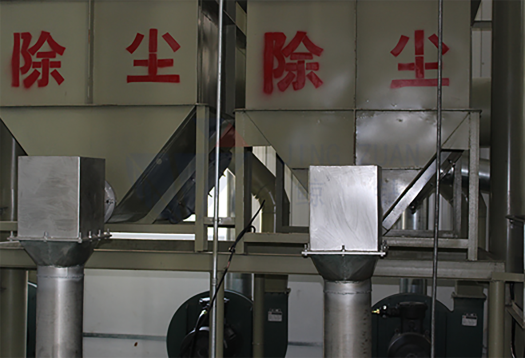
Dec . 12, 2024 06:05 Back to list
hpmc tile adhesive
HPMC Tile Adhesive A Comprehensive Overview
Hydroxypropyl Methylcellulose (HPMC) is a versatile and highly effective additive used in various applications, particularly in the construction industry, most notably in tile adhesives. As construction technologies evolve, the demand for high-performance materials continues to rise. HPMC has emerged as an essential component in the formulation of tile adhesives due to its unique properties, which enhance both the performance of the adhesive and the overall quality of the tile installation.
What is HPMC?
HPMC is a water-soluble polymer derived from cellulose, a naturally occurring polymer in plant cell walls. Through a process of etherification, cellulose is chemically modified to produce HPMC, which retains its key characteristics such as non-toxicity and biodegradability. The presence of hydroxypropyl and methyl groups in HPMC allows it to dissolve easily in water while maintaining a consistent viscosity, making it a perfect candidate for use in adhesive formulations.
Benefits of HPMC in Tile Adhesives
1. Enhanced Workability HPMC significantly improves the workability of tile adhesives. It provides a smooth and creamy consistency that makes application easier, allowing tile installers to spread the adhesive evenly without it drying too quickly. This property is critical for ensuring that the tiles can be positioned correctly before the adhesive sets.
2. Water Retention One of HPMC’s most notable properties is its ability to retain water. In a tile adhesive, this means that the moisture remains available for a longer time, which is critical for proper bonding between the adhesive and the tiles as well as the substrate. Enhanced water retention is particularly important in high-ambient conditions or when working with porous substrates.
hpmc tile adhesive

3. Improved Bond Strength The addition of HPMC to tile adhesives enhances the bond strength between tiles and substrates. This results in a durable installation that can withstand various stresses and loads over time. Strong adhesion is essential for preventing tile lifting, cracking, or slippage, which can lead to costly repair work.
4. Resistance to Sagging HPMC helps prevent sagging or slipping of tiles during installation, particularly in vertical applications like wall tiling. The thixotropic nature of HPMC ensures that the paste remains in place after application, allowing the installer ample time to adjust the tiles without the risk of them sliding down.
5. Versatility HPMC can be formulated for various types of tile adhesives, including those for ceramic, porcelain, and stone tiles. Its adaptability makes it suitable for different environmental conditions and applications, whether for indoor or outdoor use.
6. Eco-Friendly Properties In an era where sustainability is a significant concern, HPMC stands out as an environmentally friendly option. Being derived from natural cellulose, it is non-toxic and complies with various environmental regulations, making it favorable for green building practices.
Conclusion
In conclusion, Hydroxypropyl Methylcellulose (HPMC) is a critical component in the formulation of high-quality tile adhesives. Its unique properties, including improved workability, excellent water retention, enhanced bond strength, sag resistance, and versatility, make it indispensable for modern tiling applications. As the construction industry continues to prioritize efficiency and sustainability, the role of HPMC in tile adhesive formulations will only grow in importance.
For contractors and installers looking to achieve flawless tile installations, understanding the benefits of HPMC and incorporating it into their tile adhesive choices will lead to superior results. This not only enhances the durability and aesthetic appeal of tile works but also contributes to a more sustainable practice in construction.
-
Versatile Hpmc Uses in Different Industries
NewsJun.19,2025
-
Redispersible Powder's Role in Enhancing Durability of Construction Products
NewsJun.19,2025
-
Hydroxyethyl Cellulose Applications Driving Green Industrial Processes
NewsJun.19,2025
-
Exploring Different Redispersible Polymer Powder
NewsJun.19,2025
-
Choosing the Right Mortar Bonding Agent
NewsJun.19,2025
-
Applications and Significance of China Hpmc in Modern Industries
NewsJun.19,2025







